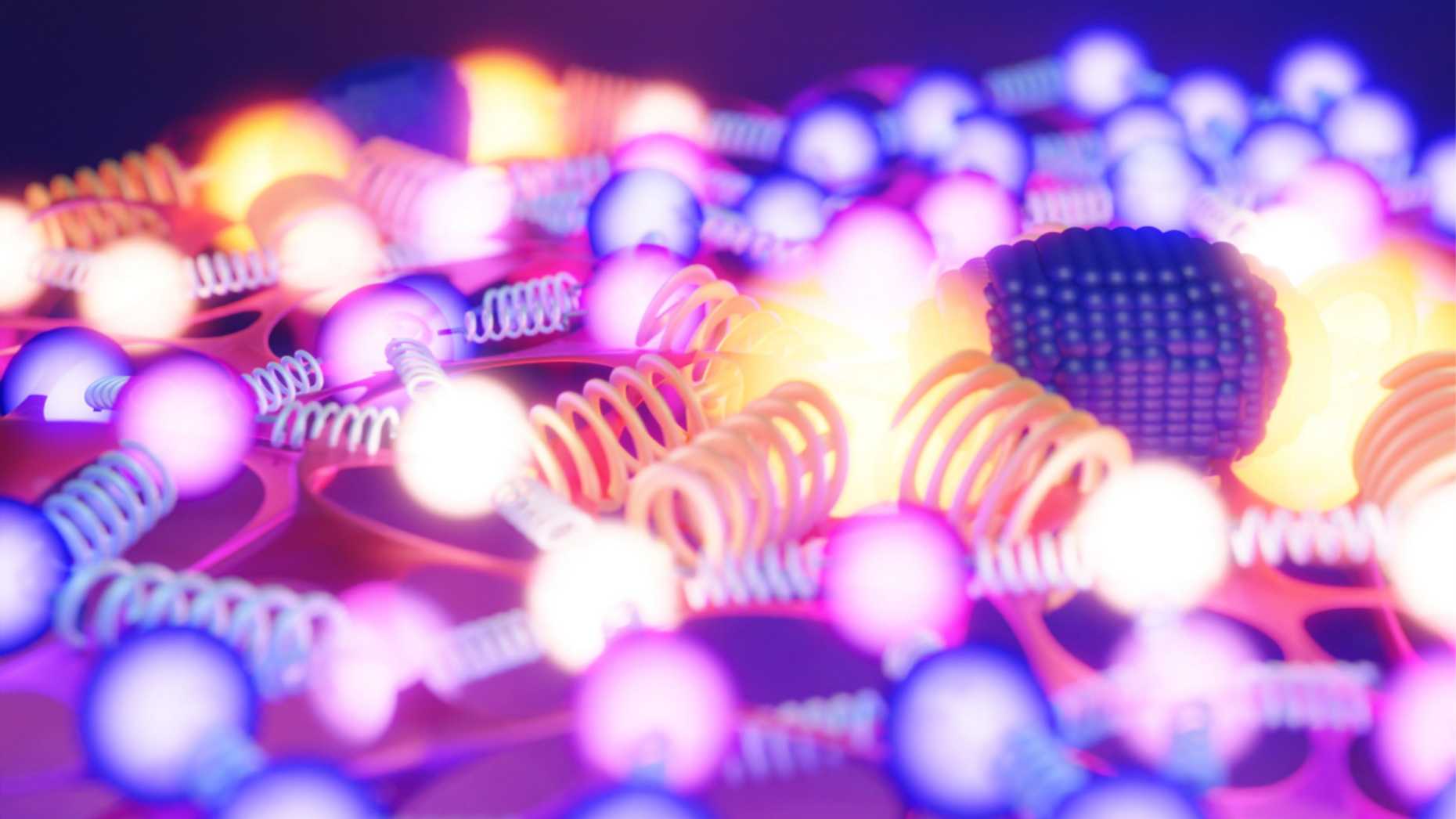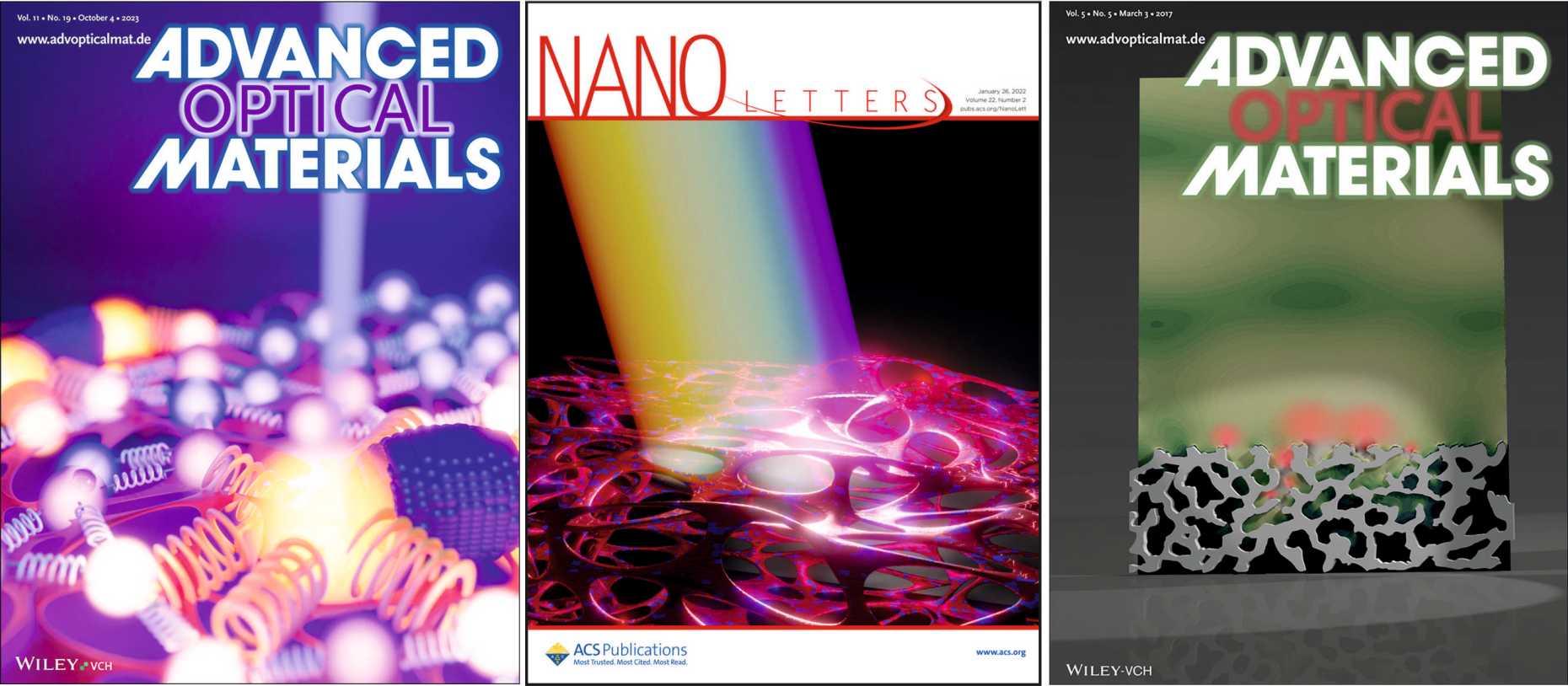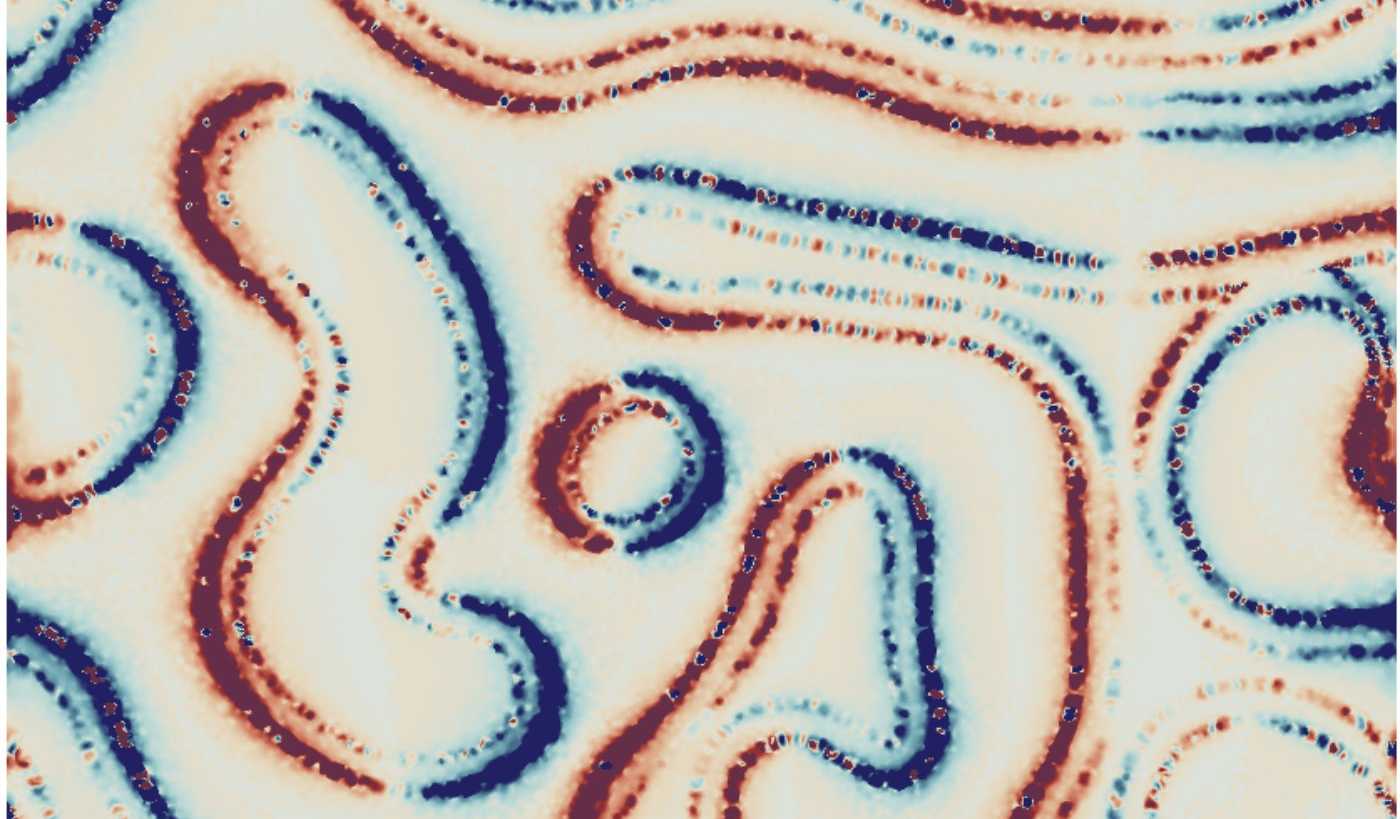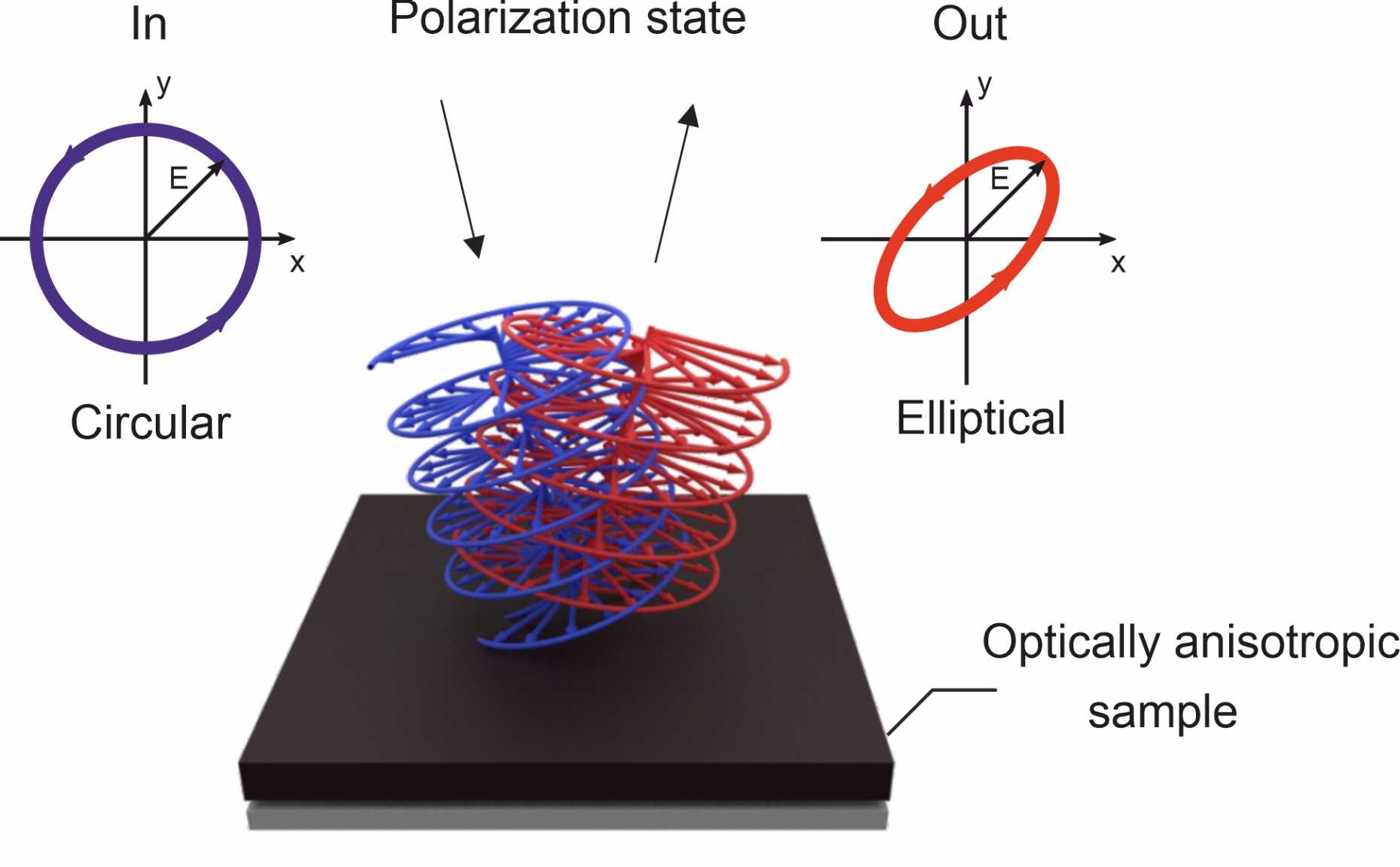Optical Nanomaterials

Optical metamaterials are designer materials that break ground for new exciting science and technology. Manipulating electromagnetic waves at the nanoscale, they allow for the experimental realization of optical nanomaterials with negative refractive indexes, flat optics based on plasmonic and all dielectric metasurfaces and even materials with their real permittivity close to zero.
We work extensively on the design of new optical materials and currently focus our work on four different areas: (i) self-assembled disordered metasurfaces/metamaterials (ii) large-area metamaterials (iii) structural color sensors and (iv) next-generation optical strain mapping.
Read a recent feature about our research in ETH's Globe Magazin. "Colour Vision".

Using various forms of self-assembly at the nanoscale, we aim to assemble perfect absorbing light-harvesting systems based on network metamaterials. Similarly to complex systems, network metamaterials are based on the connectivity among a large number of fully heterogeneous units, which are arranged in disordered networks. Despite the lack of both symmetry and long-range order, these systems possess complex light-matter interactions, generating an ensemble of surface plasmon (SP) waves that, due to nanoscaled disorder, are not able to propagate and acquire the character of localized waves. The local subwavelength confinement of light leads to the formation of controllable absorbing states, tunable in a large optical window and originating in ultra-thin material regions.
Associated Publications:
- external pageStrong Coupling in Two-Phase Metamaterials Fabricated by Sequential Self-Assemblycall_made
- external pageChemical Engineering of Cu–Sn Disordered Network Metamaterialscall_made
- external pageLight Manipulation in Metallic Nanowire Networks with Functional Connectivitycall_made
- external pageScalable, Ultra-resistant Structural Colors based on Network Metamaterialscall_made
- external pageDealloying of Platinum-Aluminum Thin Films: Dynamics of Pattern Formationcall_made

The design and fabrication of large-area metamaterials is an ongoing challenge. We utilized solid state reactions, such as localized crystallization, to generate large-area metamatarials and metasurfaces with new functional properties. Especially in anisotropic systems, such as hyperbolic metamaterials, these reactions compete with thermal instabilities. We aim to identify the underlying physics of this competition to assist the informed design of metamaterials for high-temperature applications.

We humans constantly use colour to assess our surroundings. We build on the same principle and use the generation of structural colours to gauge a material’s properties. Color changes observed by eye or simple optical measurements provide the means to monitor the temporal evolution of functional properties e.g. in high-performance polymers fibers, phase change materials or transition metal nitride coatings.
Furthermore, foodgrade optical coatings offer unique ways to colour complex optical materials, such as chocolate.
Associated Publications:
- external pageOptical Properties and Structural Coloration of Chocolatecall_made
- external pageFunctional Coatings on High-Performance Polymer Fibers for Smart Sensingcall_made
- external pageStructural Color Sensors with Thermal Memory: Measuring Functional Properties of Ti-Based Nitrides by Eyecall_made
- external pageStrong Interference in Ultrathin Semiconducting Layers on a Wide Variety of Substrate Materialscall_made
- external pageCohesive and Adhesive Properties of Ultrathin Amorphous and Crystalline Ge2Sb2Te5 Films on Polyimide Substratescall_made

The capability to image and map local strain fields by optical microscopy is often limited to specific materials. To address this challenge, we introduced a broadband scanning reflectance anisotropy microscope as a phase-sensitive multi-material optical platform for strain mapping. The microscope produces hyperspectral images with diffraction-limited sub-micron resolution of the near-normal incidence ellipsometric response of the sample, which is related to elastic strain by means of the elasto-optic effect.
Student Projects
We are always looking for a talented and driven students to join our team. If you are interested in any of the topics for your thesis or semester project, check out our protected pageStudent Projectslock or contact .
